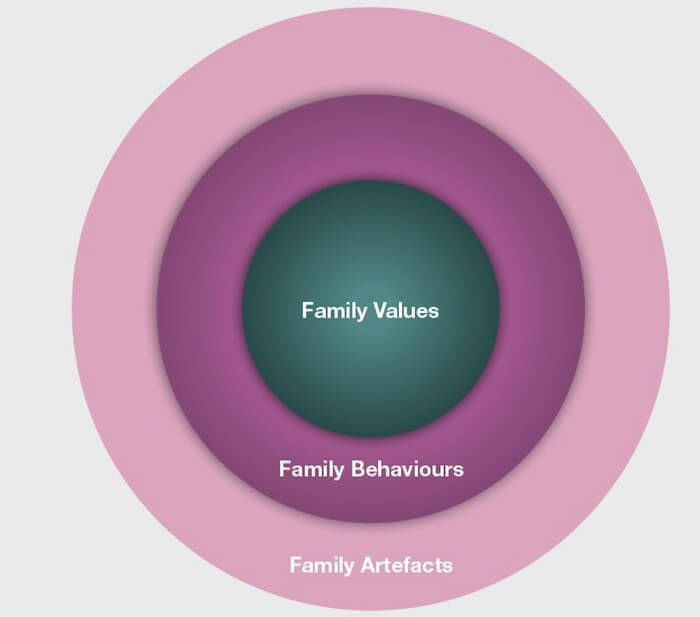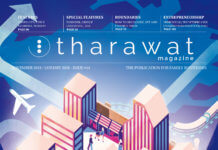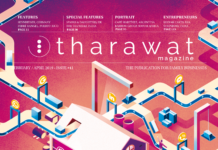Originally an anthropological term within the social sciences, “culture” is, in everyday language, a word typically associated with the characteristics and customs of nationalities, religions or regions. Since the 1980s, the term “culture” has been applied to businesses and many companies now put considerable time and resources into strengthening their “corporate culture”. However, families have cultures too; it follows that, in a family business, a family can use its own culture to create considerable competitive advantage for its business. Alexandra Sharpe, Partner at Peter Leach & Partners, UK, expands on the considerable advantages that can be gained from aligning family and business values.
What is “Family Culture”?
Every family, business-owning or not, has its own culture. In practice, family culture is what binds any family together, it is what informs people’s perceptions about a given family and it is what creates a family’s and reputation. It is what makes every family unique. While, in theory, culture has been defined and explained in many different ways, a useful model for business families to adopt, if they want to use their family culture to create advantage for their business, is the one depicted in Figure 1. According to this model, culture is comprised of three layers, with family values at the core:
Family Artefacts:
An “artefact” here describes culture at its most visible level: Artefacts are the surface-level aspects of culture that are easy to observe. Examples within a family’s culture include the type of dress the family wears (traditional or modern, modest or colourful), the sort of cars the family chooses to drive and how the family dines together (types of food, quietly or loudly, formal or relaxed).
Family Behaviours:
The next layer within the culture model is “behaviours”, both conscious and unconscious: Within family culture, behaviours include how a family deals with conflict, grief, celebration and philanthropy, how a family shows love, greets new spouses, and has fun together. In summary, behaviours describe how families go about their activities and how are things get done.
Family Values:
At the heart of a family’s culture are the family’s deeply held “values”: Values are what drive behaviour and what lead to certain artefacts within a family’s culture. Therefore, as it is impossible to observe values directly, people interpret what a particular family’s values are by the way they behave and the artefacts they observe. For example, you might infer that a family that often attends charitable events includes philanthropy as a core value or that a family who spends a lot of time together deeply values “unity” or “togetherness”.
Family and Business: Implications for Culture
When a family owns a business, things can get complicated: As much as a family has a culture, so does a business. Business culture can be structured into values, behaviours and artefacts. In a family business, the family and the business culture meet. When both are aligned considerable benefit can be generated. A strong family culture aligned with a strong business culture can create a powerful brand identity, with an extra dimension that other business models simply cannot compete with. In addition, a strong connection between the values of the family and the business tends to result in a strong connection between the next generation of family members and the business. Moreover, a business with a strong value-led culture, owned by a family with strong, identifiable values and principles, can result in a motivated, high-performing workforce.
At the start of the lifecycle of a family business, this alignment is created naturally as the founder creates the business with his/her own values; but as the family and the business grow, the culture of both becomes more complex and can fall out of alignment. In these cases, either the family’s values change over time or the business’s culture evolves first. Therefore, after the first generational transfer, additional attention is required to ensure that the family business capitalises on its family ownership by continuing the alignment of the family’s and the business’ culture.
Using Family Culture to Gain Competitive Advantage
In order for a business to gain competitive advantage from a family’s culture, considerable work is needed:
Firstly, families should articulate what their underlying core values are. This can be achieved, using the model of culture described above, by spending time considering what is unique about their family’s artefacts and behaviours, telling stories and thinking about what the unwritten, unspoken rules are within their family. Once understood, these values can then be clearly communicated to future generations and the accompanying behaviours that are expected can be discussed. By a family discussing and revisiting their values on a regular basis and of course through key family members leading by example, the continuity of their culture can be maintained and passed down through generations.
Secondly, once the family has clearly articulated its values, the next step to create competitive advantage from family culture, is to ensure that the family’s values are understood by external stakeholders: This is how the identity of the family can add value to business reputation. Many families do this by either creating a booklet or adding this information to their website. The key here is that the values communicated are not entirely of aspired nature – the behaviour of the family must be consistent with the stated values. If family members are observed to behave in accordance with their values, over time people begin to expect certain positive attributes from them and considerable goodwill is created. However, if there is inconsistency between the values that are communicated and the behaviour of the family distrust may arise.
Thirdly, once the family’s values are understood, it is also possible to test to what extent they are aligned with the business. Assuming there is alignment between the two, work can be done to ensure continuity of the business’ culture. This involves embedding the underlying values of the business into all of its systems and processes. Doing so within the HR function is especially important, as after all, it is a business’ staff that demonstrates the values of the firm on a day-to-day basis. For example, recruitment processes can be designed in such a way that people are hired whose values are consistent with those of the business, and appraisals and incentive plans can be structured in a way that encourages employees to live the values of the firm.
In reality, it is not really about creating alignment; it is about constantly re-creating alignment between the family and the business culture. As the family and businesses develop, so will their cultures and, therefore, a continuous process is needed to enable the family and business culture to evolve together. By taking the steps outlined above and putting time and energy into revisiting the culture of the family and the business, a family business can generate potentially powerful long-term competitive advantage.
Tharawat Magazine, Issue 15, 2012


















